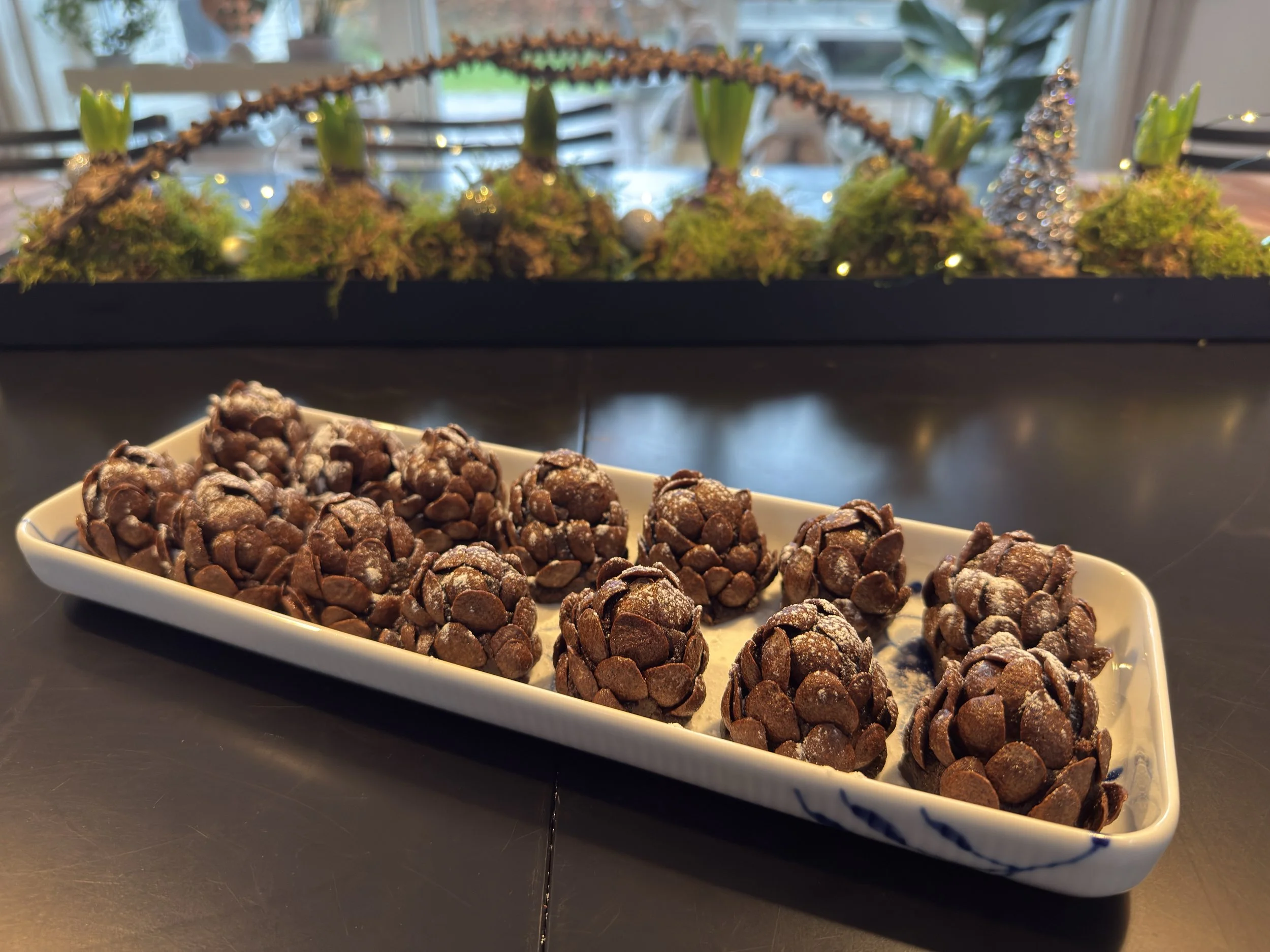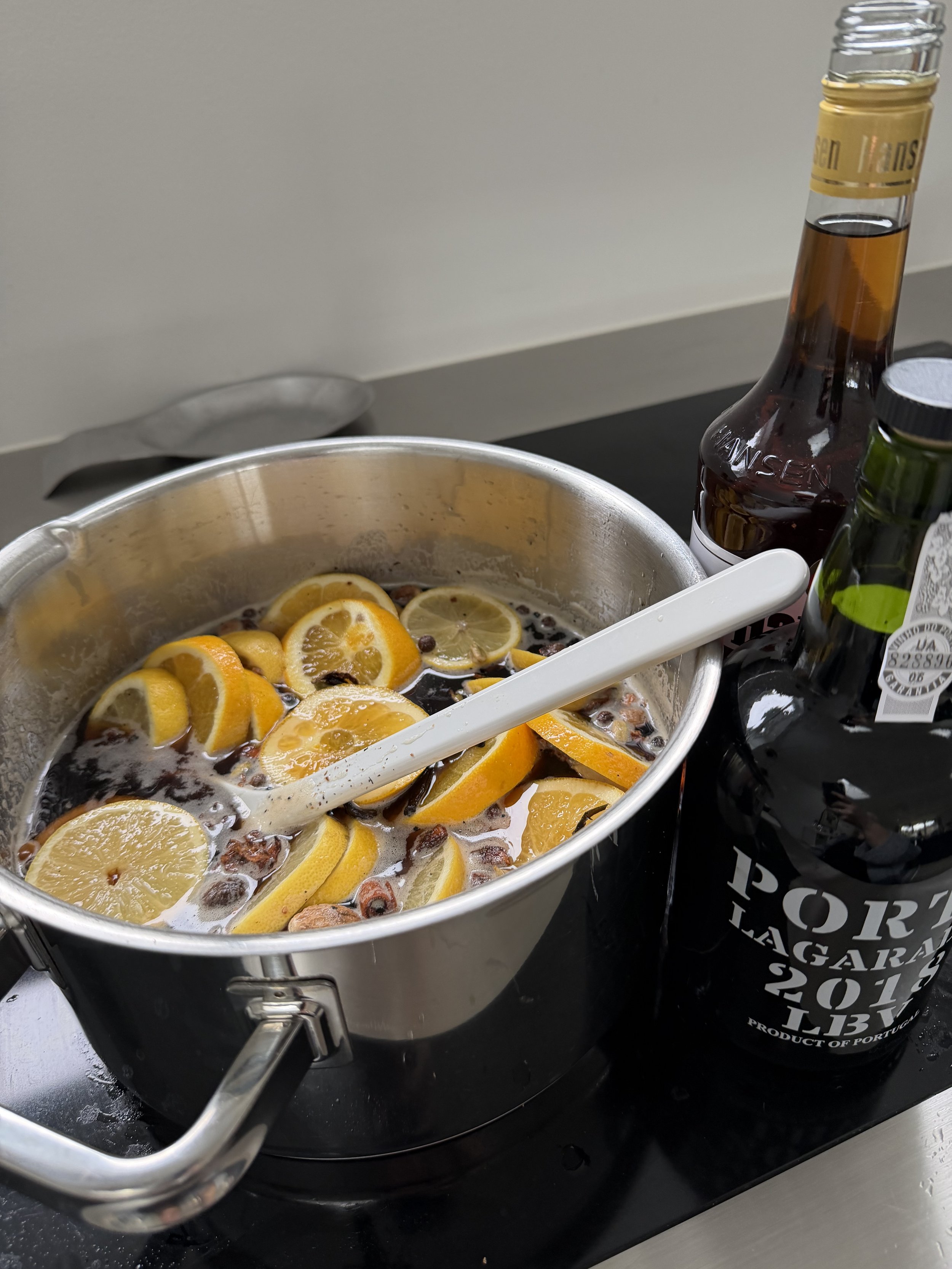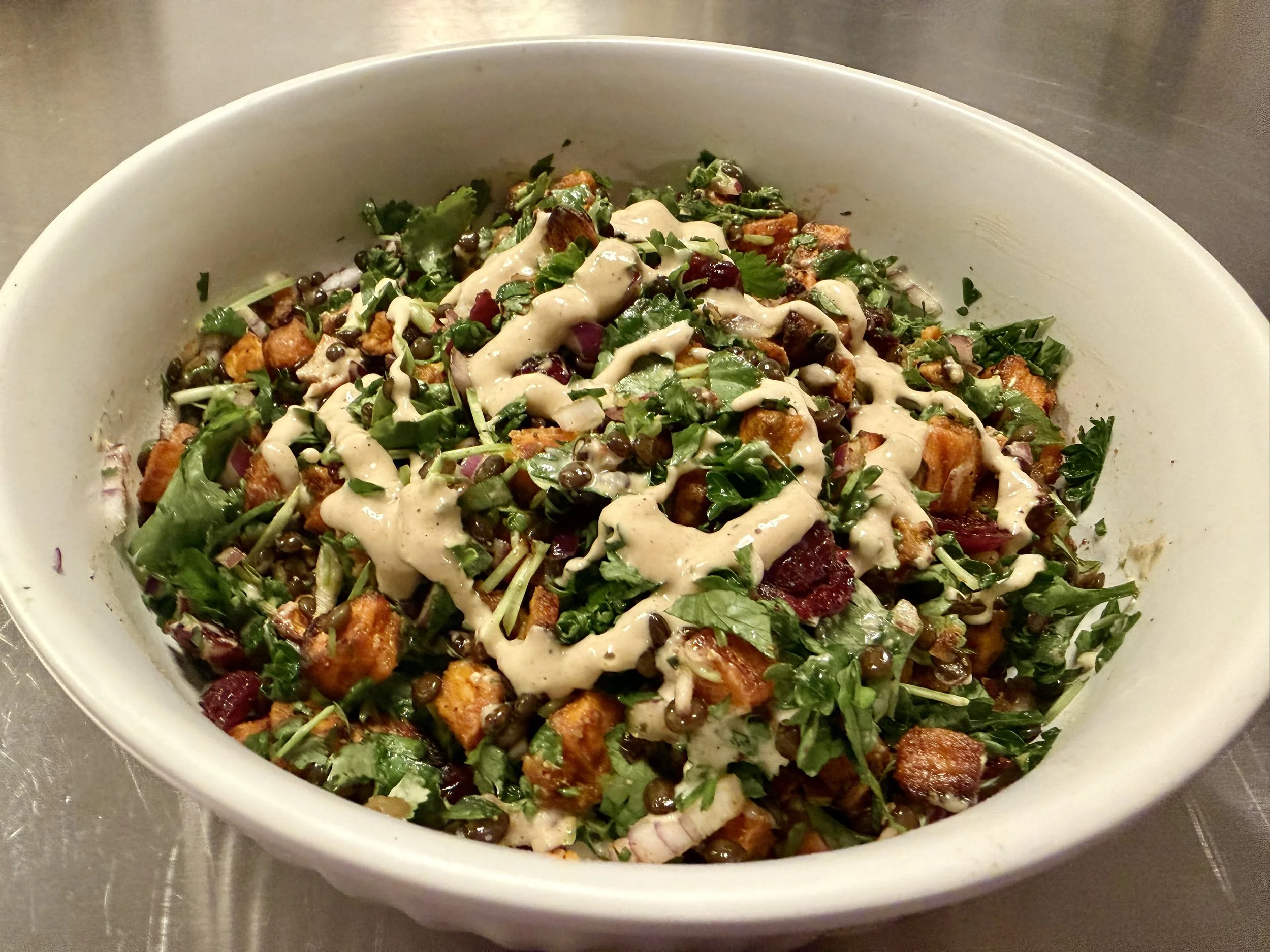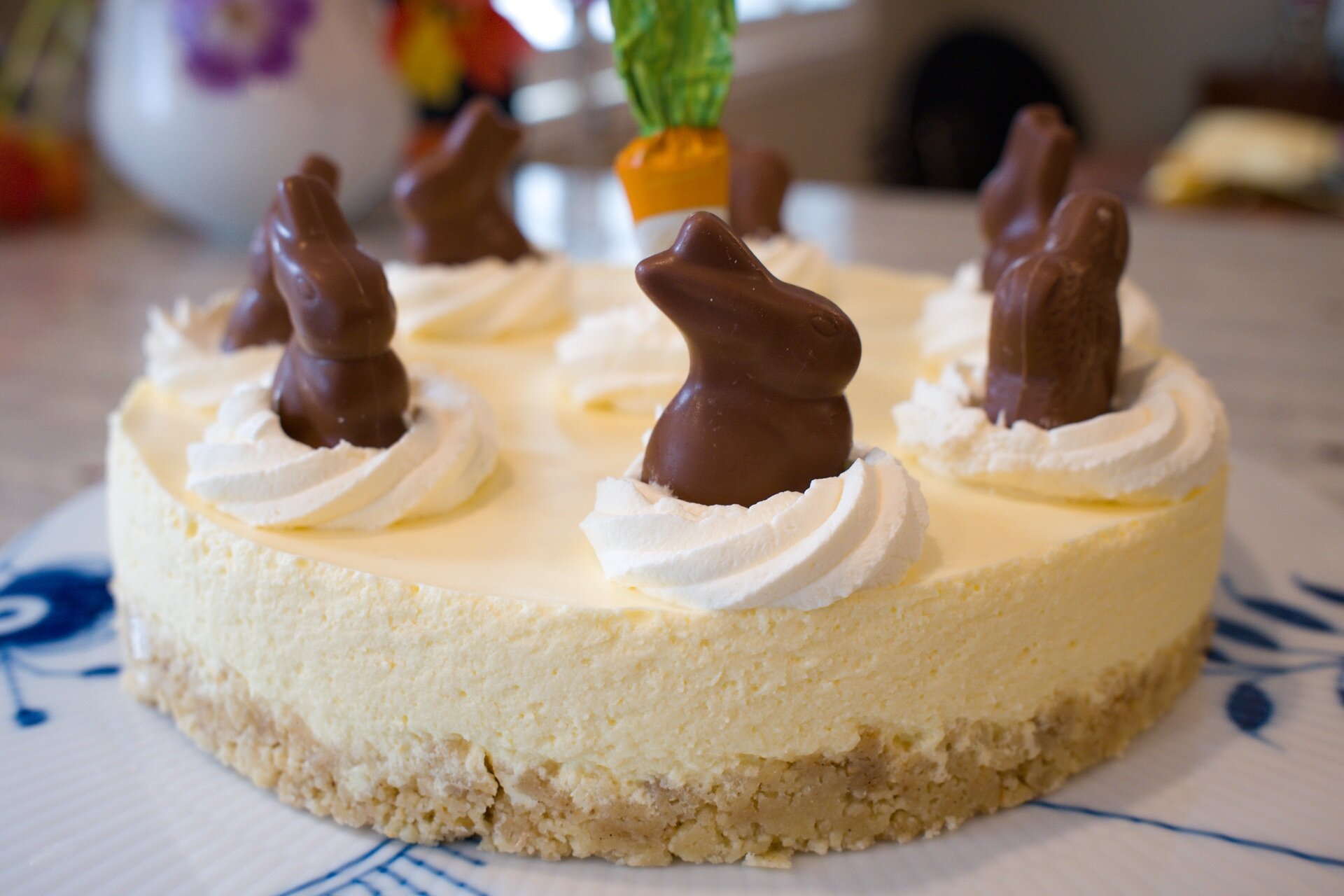Pine Cone Pops.
These chocolate pine cone treats might be the cutest winter dessert! If you’re looking for a festive, no-fuss holiday treat, these little pine cones are perfect. They’re easy to make, irresistibly cute, wonderfully chocolatey with a nice crunch—and completely no-bake. Honestly, they taste just as good as they look.
The pine cone pops will keep for up to 3 days at room temperature, or up to a week in the fridge.
Yield about 20.
Ingredients:
5-600 g chocolate sheet pan cake, homemade or store bought
Frosting:
75 g natural cream cheese
75 g dark chocolate
25 g powdered sugar
Pine Cone Decorations:
cocopops
powdered sugar
Directions:
Start to make the frosting. Melt the dark chocolate over a double boiler or gently in a saucepan over very low heat. Stir the melted chocolate into the cream cheese and powdered sugar until smooth.
Crumble the chocolate cake into a large bowl. Add the frosting to the cake crumbs and mix until the texture is soft, even, and workable. Refrigerate for 30 minutes to 1 hour to firm up.
Shape the chilled cake mixture into small egg like balls, about the size of a whole walnut.
Press the chocolate cereal into the pine cone, starting at the top and working your way down in rows to create a pine-cone effect. To serve, lightly dust with powdered sugar for a snowy finish.
Enjoy!






